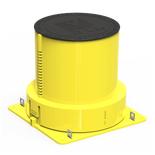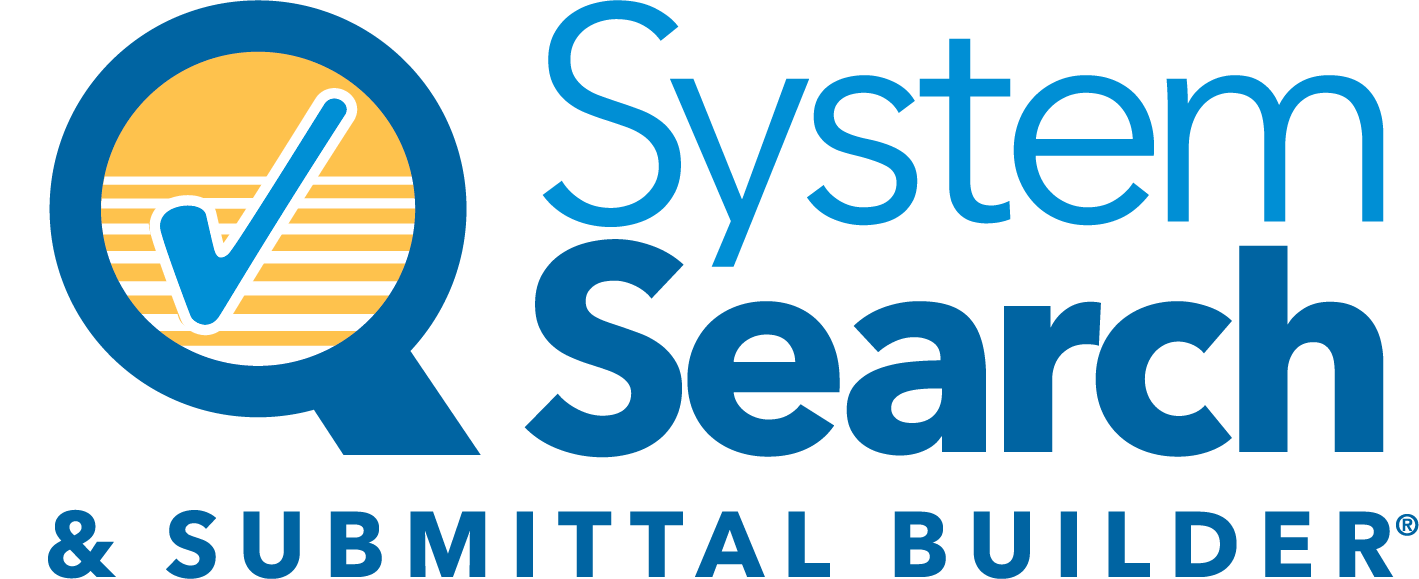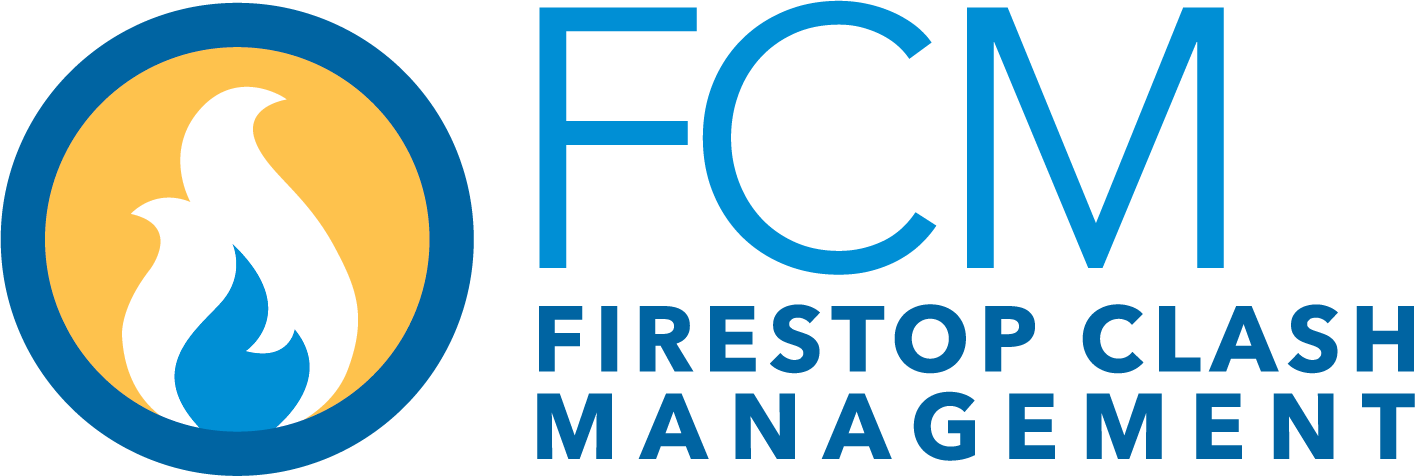What is LEED®?
LEED® (Leadership in Energy and Environmental Design™) is a rating system devised by the United States Green Building Council (USGBC) to evaluate the environmental performance of a building and encourage market transformation towards sustainable design. It is a certification program that denotes how “green,” or compliant in terms of energy conservation, water usage, air quality, and building materials, a building is over the course of its construction and for the years to come. LEED® strives to make the world a greener place.
LEED® certification can carry incentives. For example, LEED® buildings have increased lease-up rates, may qualify for tax rebates and zoning allowances and retain higher property values. Also, LEED®-certified homes sell faster for a higher price. Home builders can also receive a $2,000 tax credit for building a green home. A LEED®-certified house could decrease insurance premiums by 5% and that their home’s value could increase over time compared to similar, non-LEED® certified homes in the same area.
The Rating System includes guides for New Construction, Core & Shell, Schools, Retail, Data Centers, Warehouse and Distribution Centers, Hospitality and Healthcare. LEED® certification comes in four levels consistent with the LEED® rating system. A project team’s Performance Score determines the level of LEED® certification awarded: Performance Score and Certification Levels: 40-49 credits is Certified; 50-59 credits is Silver; 60-79 credits is Gold; 80-100 credits is Platinum. Additionally, there are 10 exemplary performance (EP) credits. Most are achieved through a doubling or the next incremental percentage threshold. While project managers can pick and choose the credits they want to pursue, prerequisites set the minimum requirements that all buildings need to meet in order to achieve LEED® certification. Additionally, fulfilling the requirements of prerequisites will not earn points.
The LEED® v4 reference guide for Building Design and Construction (BD+C) applies to buildings that are under new construction or major renovation. The guide is comprised of nine categories that could earn credits toward building LEED® certification.
Nine Categories of LEED® v4 Credits:
| Integrative Process (IP) | Water Efficiency (WE)
|
Indoor Environmental Quality (EQ)
|
| Location & Transportation (LT) | Energy & Atmosphere (EA)
|
Innovation (IN)
|
| Sustainable Sites (SS) | Material & Resources (MR)
|
Regional Priority (RP)
|
Some of the Possible Credits that can be contributed to by using Specified Technologies Inc. (STI) SpecSeal® and BlazeStop™ line of firestopping products as well as EZ-Path® Fire-Rated Pathways:
Material & Resources (MR) (LEED® v4)
- Building Product Disclosure and Optimization-Material Ingredients
- Health Product Declaration (HPD) (Option 1: MRc4) Material Ingredient Reporting
- Recycled Content (Option 2: MRc3) (Post Consumer, Post Industrial(Pre-Consumer))
- Construction and Demolition Waste Management
- Contribute to Reduction of Total Waste Material by using Sealant packaged in sausages and recycling 10.1 oz.(18.2 cu. in.) tubes and five (5) gallon pails (Option 1: MRc5) Diverting Waste
Indoor Environmental Quality (LEED® v4)
– Low-Emitting Materials (EQc2)
- Meets the applicable chemical content requirements of SCAQMD Rule 1168, July 1, 2005
- VOC content is far below the nationally recognized standards set forth by the South Coast Air Quality Management District Rule #1168 and Bay Area Air Quality Management District Regulation 8, Rule #51.
- Most Sealants and Sprays tested to California Department of Public Health (CDPH) Standard v1.1-2010. Total VOC (TVOC) range is also stated in each report as specified in the CDPH Standard Method v1.1:
- 5 mg/m3 or less;
- Between 0.5 and 5.0 mg/m3; or
- 0 mg/m3 or more.
Please visit our website located at www-news.stifirestop.com to download a custom LEED® letter listing the following for each of our products: VOC Content (g/L), Recycled Content % (Post Consumer and Post Industrial (Pre-Consumer)) and distance (miles) from project location to where product is manufactured. Navigate to the LEED® Credit Calculator located in the drop down menu of Access STI. To open LEED® Letter Automatically https://login.stifirestop.com/?button=llg.


























